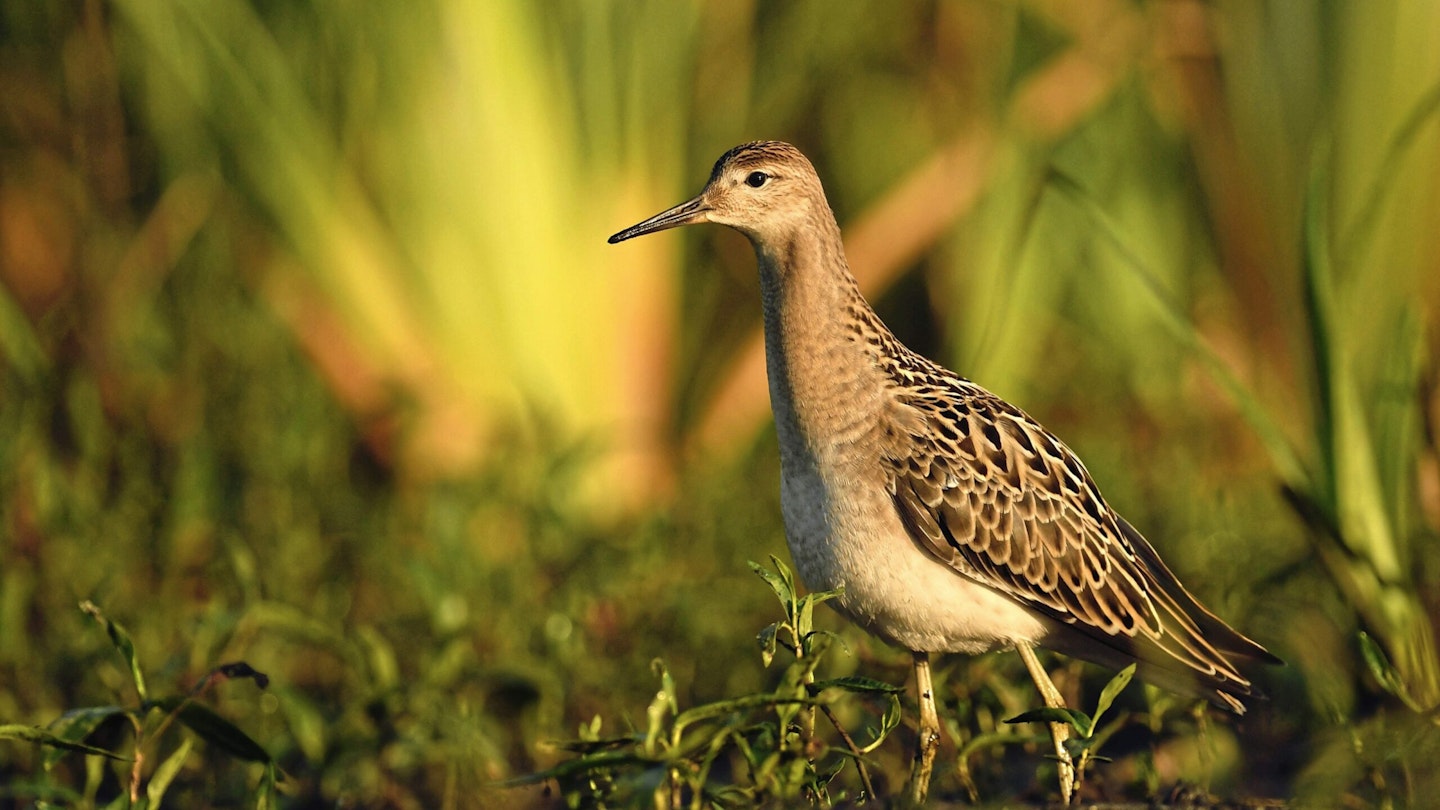October is the most magical of months. Birds there are aplenty, with the last summer visitors still getting ready to leave, the first winterers arriving, and a bunch of scarce passage and rare birds finding their way to the country. There are too many birds to aim for, but here are five for starters.
Rock Pipit
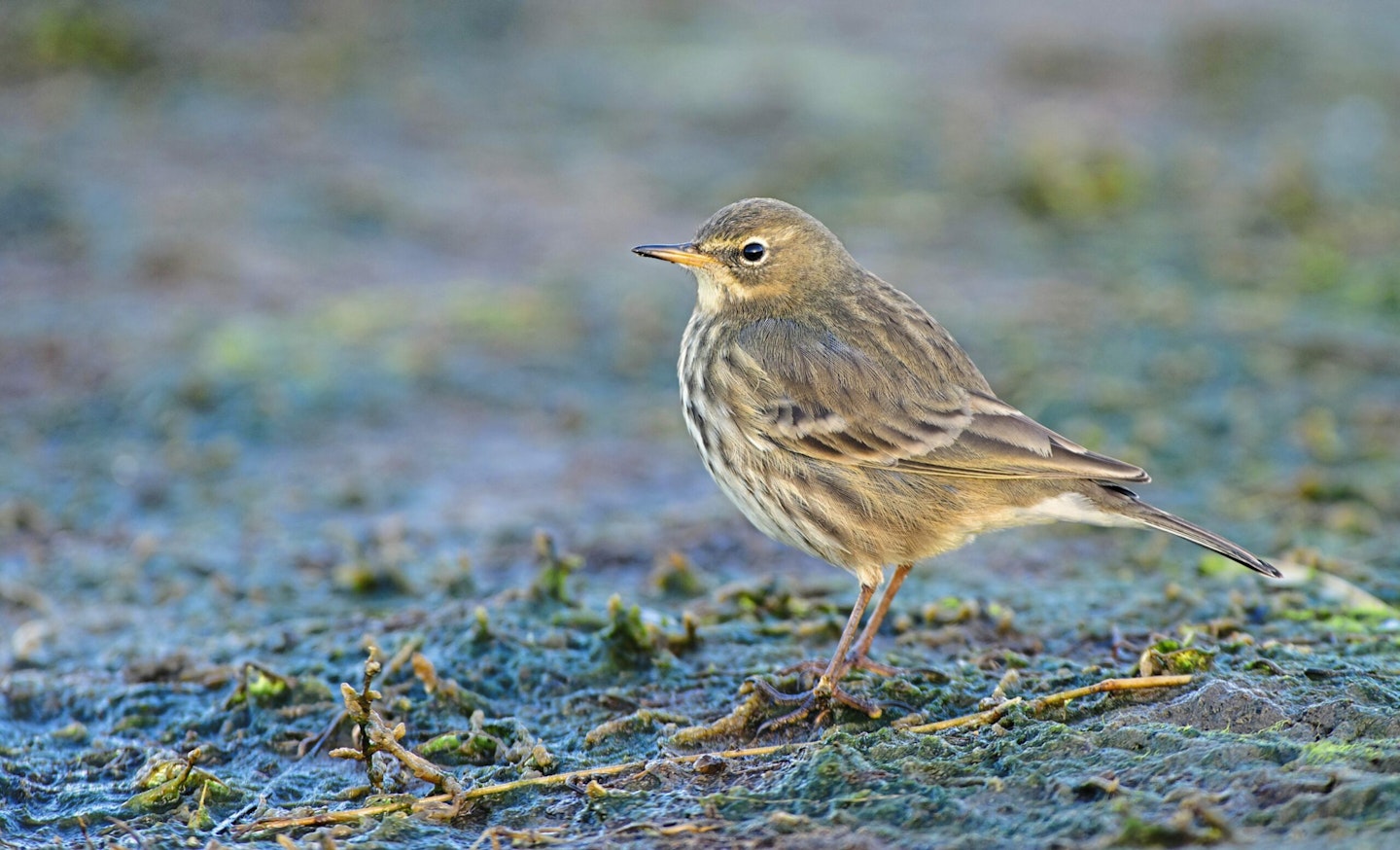
Rock Pipits can be encountered mainly round the rocky coasts of the UK, throughout the year. They are slightly larger, longer billed and darker than Meadow Pipits, with darker bills and less streaked upperparts and smudgier straked underparts. In addition to our resident birds, in mid-October, we see a regular overland passage of Scandinavian birds, which may appear at a suitable inland site near you.
Juvenile Ruff

Many juvenile waders are easy to tell from adults, usually being neater in plumage, with evenly (often attractively) fronged back and wing feathers. The Ruff is a prime example. Juvenile Ruff are a pleasing golden buff colour, with neatly buff-fringed back and wing feathers. Males and females share the same plumage, but can look quite different from each other as males are considerably larger, longer necked and small-headed looking birds, while females are closer to Redshanks in size and proportion.
Rough-legged Buzzard
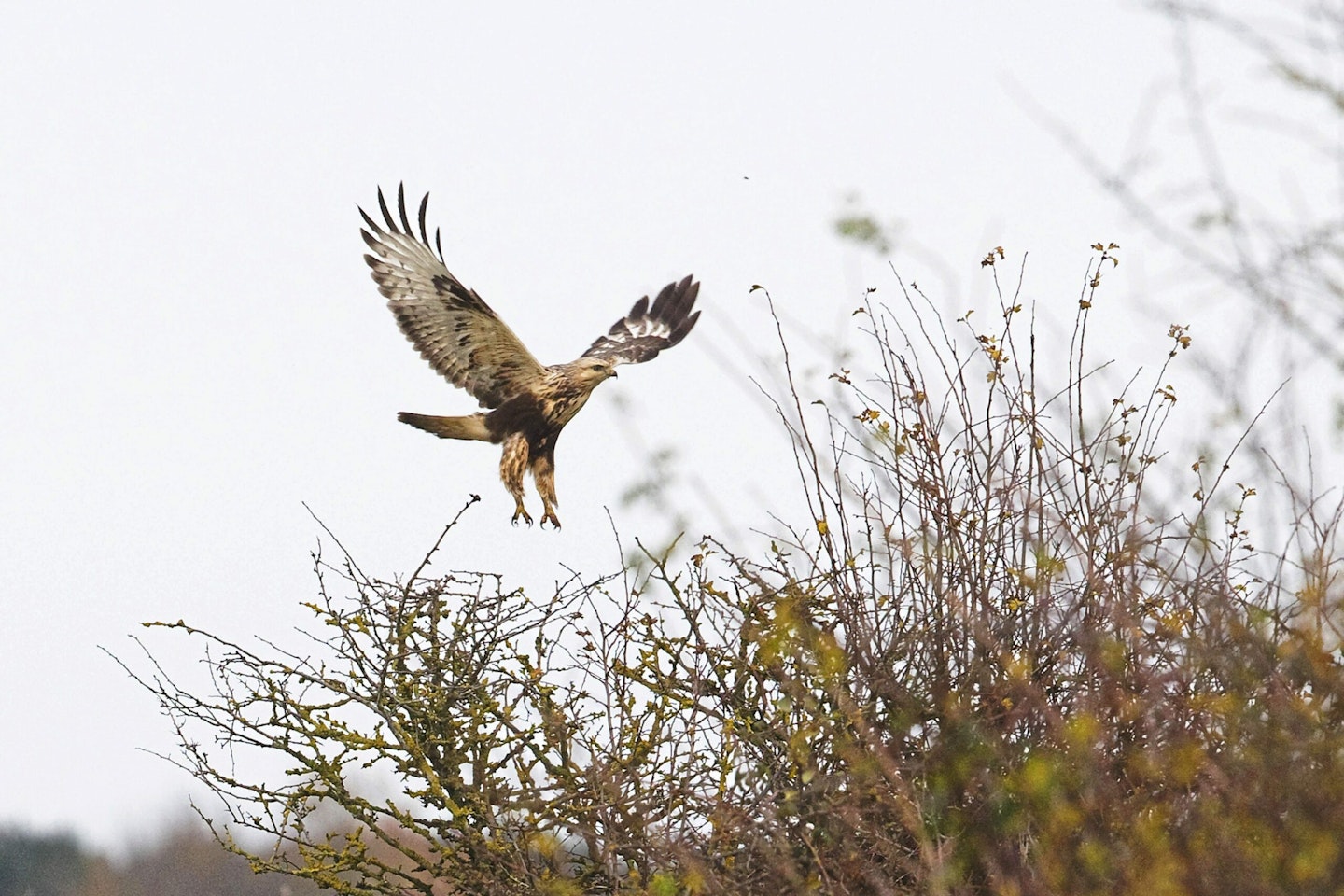
This northern species of Buzzard is a very scarce winter visitor to the UK in hugely vcariable numbers (usually very low!). In a good year, we start to get some arriving (most often dark-bellied juveniles) from October. They are almost always paler birds than Buzzards, with plenty of white in the tail (above and below), and log wings which give them an almost harrier-like flight profile. Of course, the legs are fully feathered (unlike Buzzards which have bare tarsi). In common with many Buzzards, they are habitual hoverers. Almost always found in more or less open country in which to hunt for mammals.
Great Grey Shrike
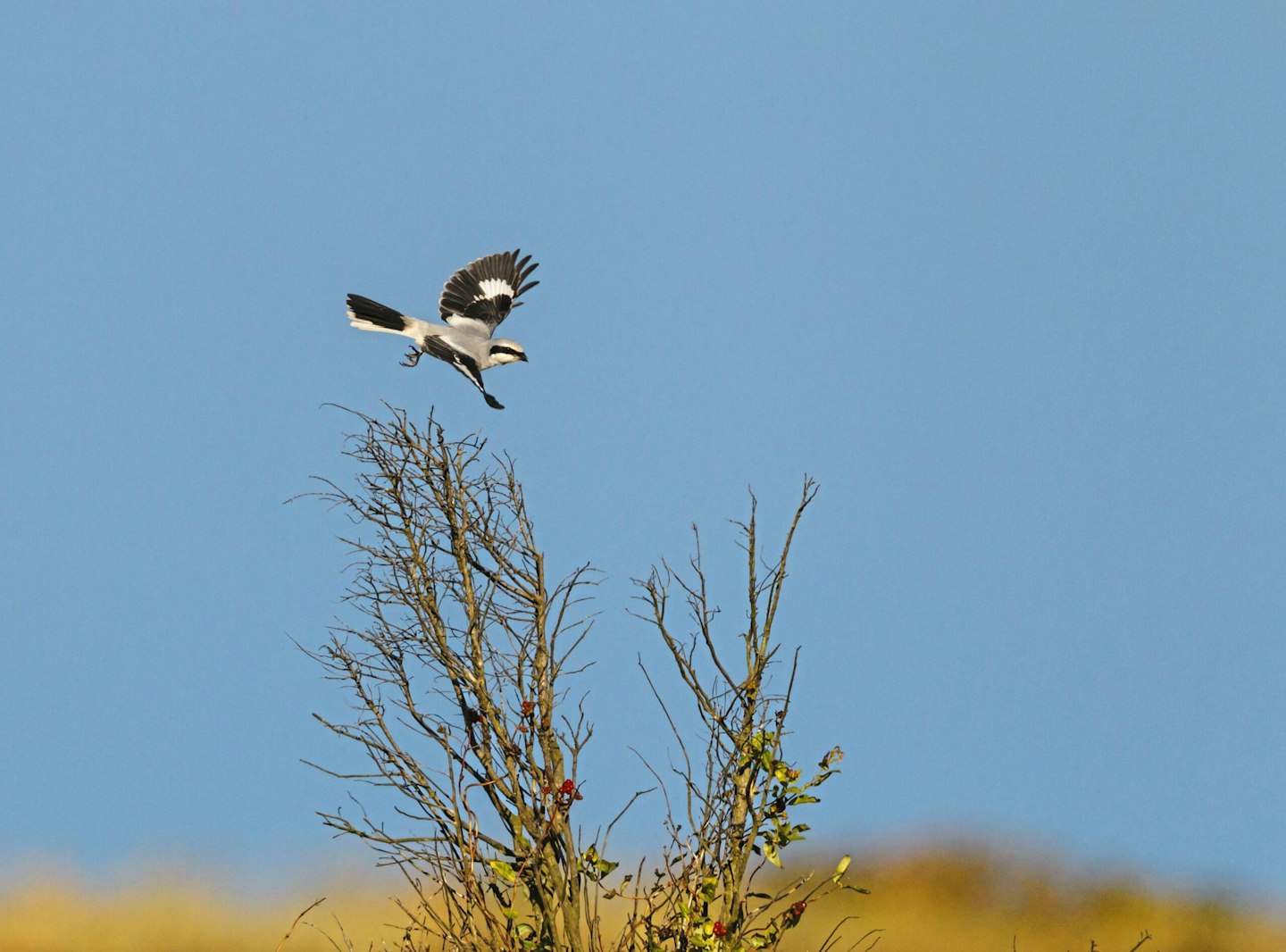
A prize find of any autumn bird-finder, the Great Grey Shrike is a large, long-tailed and very handsome species of shrike (though admittedly all shrikes are pretty good looking!). They are pretty scarce passage birds, with fewer than 150 seen each year, and only a tiny handful staying on to winter, these days. They are, like all shrikes, hunters, which are often seen perched on top of bushes, trees or on telegraph lines etc, seeking prey below. They also habitually hover, like mini-Kestrels!
Little Stint
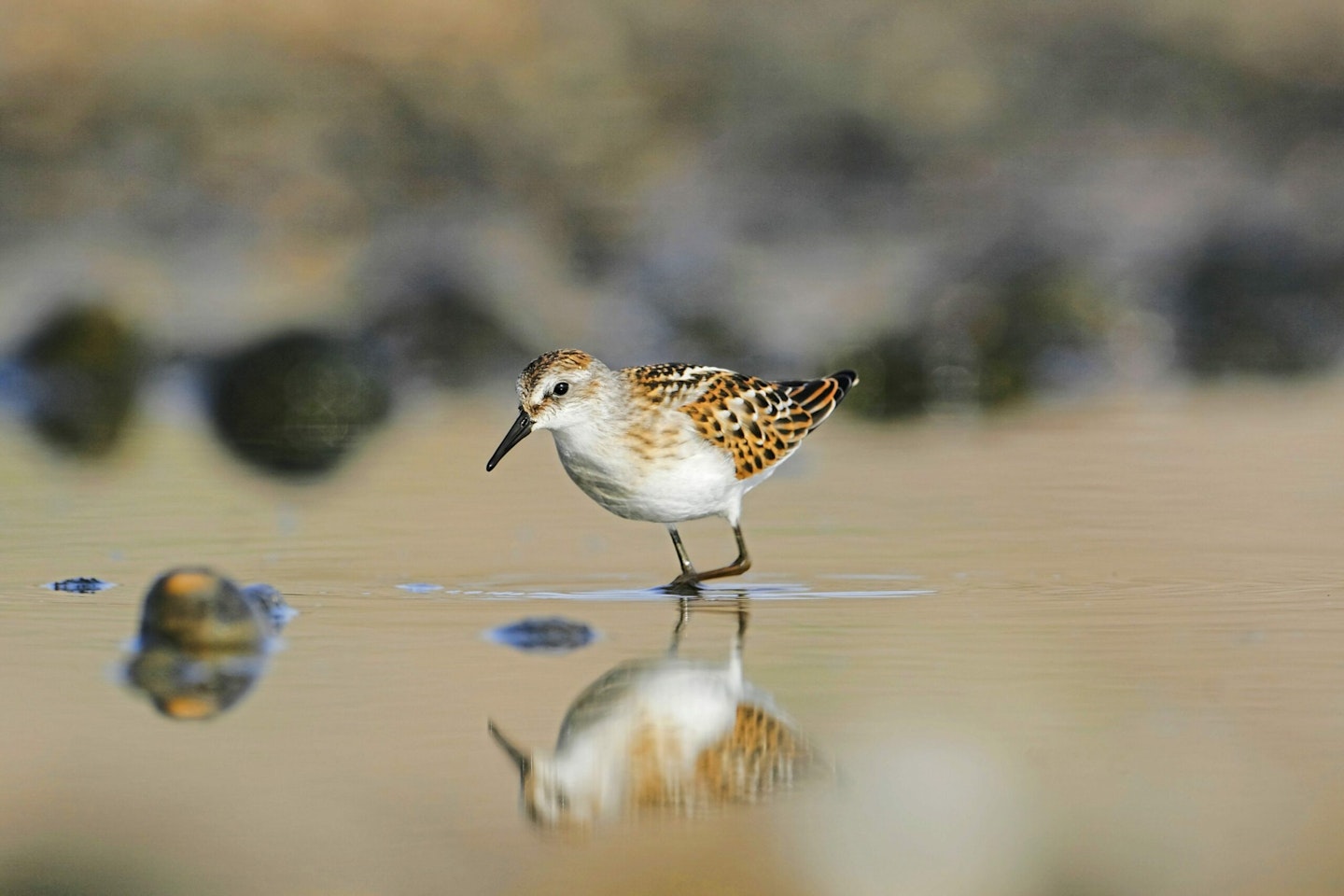
Another attractive juvenile wader, young Little Stints are little bundles of perky energy. They almost look too small to be waders, making familiar small waders like Dunlin look large in comparison. Look for the distinctive pale Vs on the back, the black legs and the ‘split’ supercilium (pale line above the eyes), as well as the warm rufous and gold tones in the upperparts.
